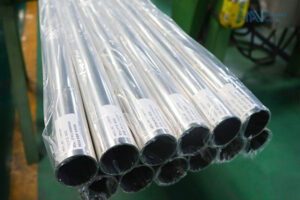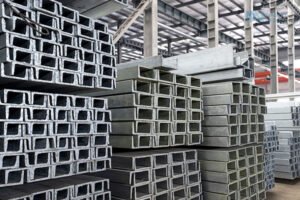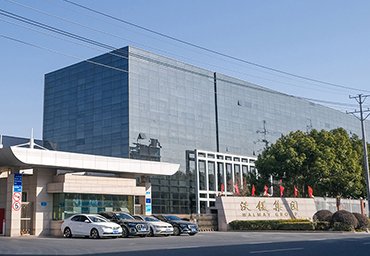310S vs 304 Stainless Steel Pipes: Which Should You Choose?
Navigating stainless steel options? When comparing 310S and 304 pipes, it’s not about “better”
– but which solves your specific challenge. Here’s the real-world breakdown:
The Core Difference
| Property | 304 Pipe | 310S Pipe |
| Composition | 18% Cr, 8% Ni | 25% Cr, 21% Ni |
| Max Temperature | 800°C (1,472°F) | 1200°C (2,192°F) |
| Price | $ | $$$ (2-3X higher) |
| Best For | Everyday environments | Extreme heat battlegrounds |
When Choose 304
Ideal applications:
Plumbing systems (water lines, fittings)
Food processing equipment
Architectural handrails & trim
Chemical tanks (room-temperature)
Why engineers choose it:
Handles 95% of non-extreme scenarios
Cost-effective for high-volume projects
Easily welded and formed
Where 310S Dominates
Where 310S Dominates
Critical use cases:
Boiler tubes & heat exchangers
Furnace combustion pipes
Exhaust systems in power plants
Petrochemical cracker units
Performance advantages:
Laughs at 1200°C flame exposure
Resists scaling in sulfur-rich gases
Won’t warp under thermal cycling
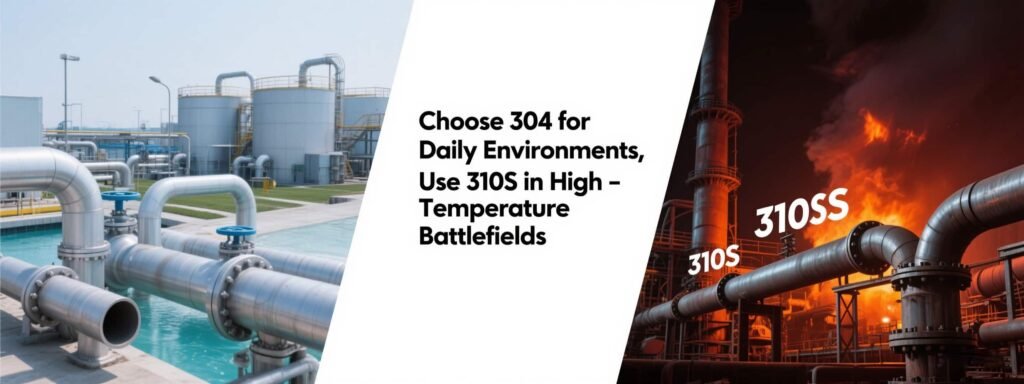
Key Decision Factors:
Below 800°C? → 304
Above 800°C? → 310S
Corrosion environment:
Mild acids/water? → 304
Molten salts/hot acids? → 310S
Budget reality:
Large project? → 304 saves capital
Critical component? → 310S prevents downtime
Summary
At Walmay Steel, we help you avoid over-engineering (or under-protection).
Sometimes 304 is perfect; extreme heat demands 310S.
Tabs:310S vs 304, heat-resistant stainless, boiler tubes, furnace pipe, high-temperature steel
Recent Posts
-
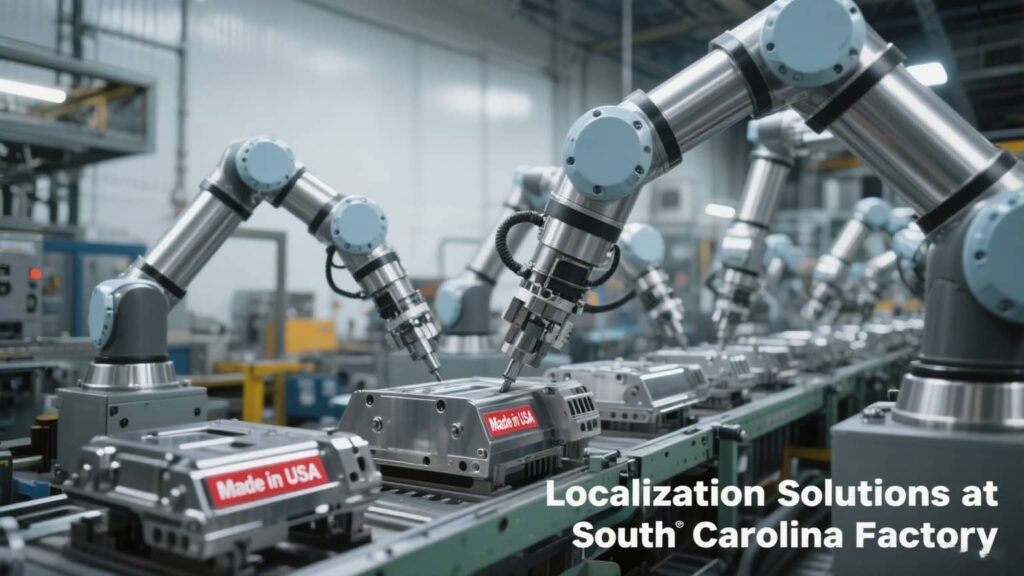 U.S. Stainless Steel Tariffs Jump to 50% - How Companies Are Adapting01 8 月 2025
U.S. Stainless Steel Tariffs Jump to 50% - How Companies Are Adapting01 8 月 2025 -
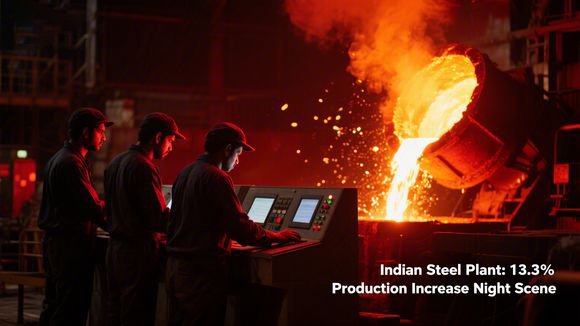 Global Steel Output Drops 5.8% in June - India Bucks the Trend31 7 月 2025
Global Steel Output Drops 5.8% in June - India Bucks the Trend31 7 月 2025 -
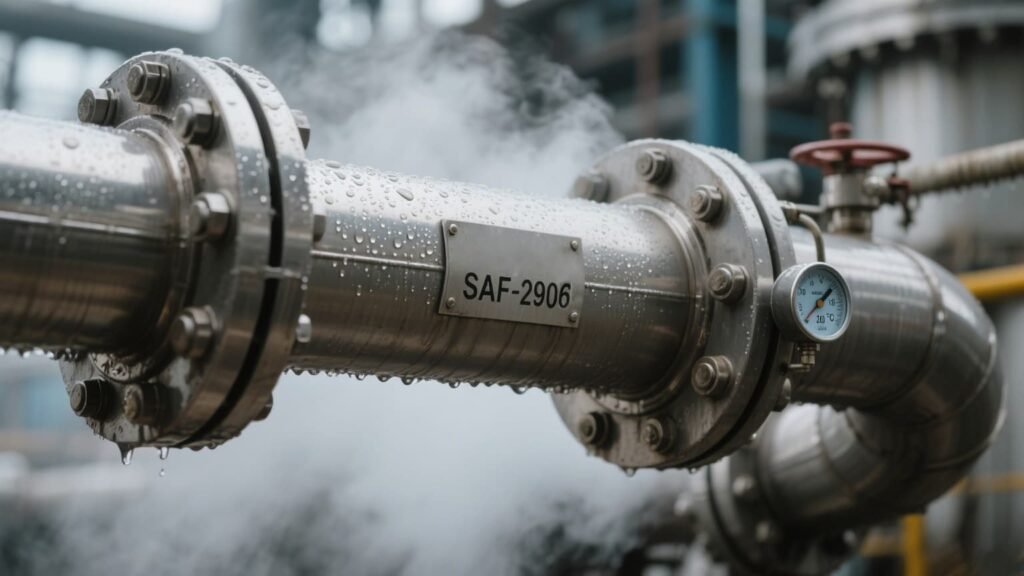 Alleima's New Super Duplex Steel Fights Urea Plant Corrosion29 7 月 2025
Alleima's New Super Duplex Steel Fights Urea Plant Corrosion29 7 月 2025 -
 310S vs 304 Stainless Steel Pipes: Which Should You Choose?28 7 月 2025
310S vs 304 Stainless Steel Pipes: Which Should You Choose?28 7 月 2025
Have Any Question?
High-quality manufacturers in the stainless steel industry, feel free to ask

